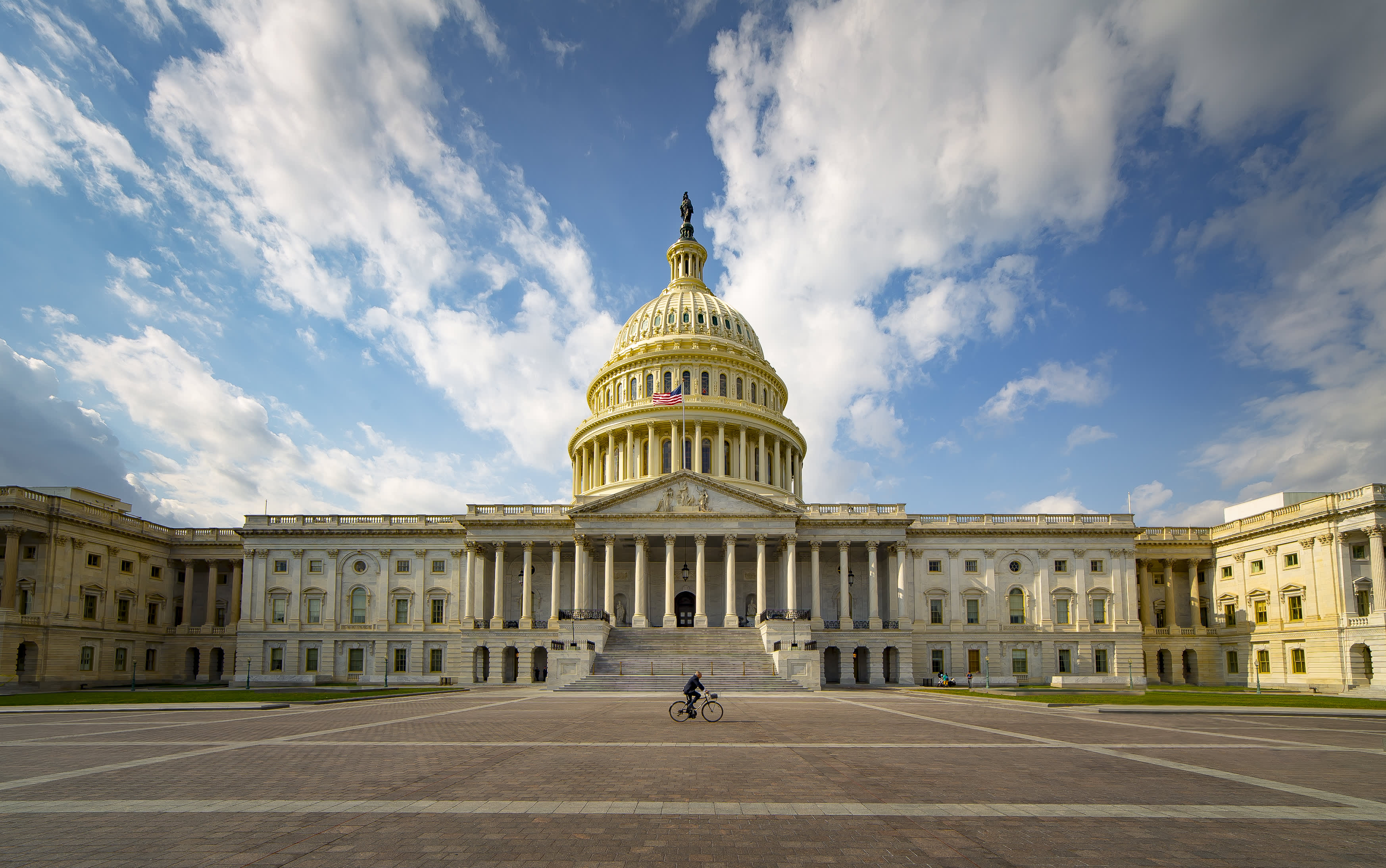Products You May Like
A package of social reforms Democrats are hashing out on Capitol Hill would pump federal money into the U.S. childcare system, with the aim of improving pay for workers and making care more accessible and affordable for all Americans.
While the program is poised to deliver free or low-cost care for poorer households with young kids, some fear its structure may inadvertently raise costs for many middle-class families, perhaps by thousands of dollars a year.
But that outcome isn’t guaranteed. Much depends on how lawmakers ultimately craft the legislation, which is still in flux, and other variables. Higher costs may also be defrayed by budget-saving aspects of Democrats’ plan — like a tax cut for families with childcare expenses and free universal preschool.
Why might there be higher costs?
The tension could arise from two policy levers: Higher wages for childcare workers, which providers may pass on to parents, and an inability of some families to get subsidies, which puts them on the hook for those higher costs.
The typical childcare worker made $12 an hour (about $25,000 a year) in 2020. Democrats would generally raise their wages to those of elementary school teachers (who made more than $60,000 a year on average in 2020, or nearly two-and-a-half times the salary of a childcare worker).
“People who care for children shouldn’t be living in poverty,” said Melissa Boteach, the vice president for childcare and early learning at the National Women’s Law Center.
This pay boost would also help increase the low supply of available childcare, proponents said.
More from Personal Finance:
Billions in aid still available to struggling renters
College enrollment notched the largest two-year decline in 50 years
Senate Democrats push for tax on billionaires to help fund spending plan
Meanwhile, the average family pays anywhere from roughly $11,000 to $16,000 a year on childcare, depending on a child’s age, according to the Center for American Progress, a left-leaning think tank. (That’s about 21% of median income, at the high end, for a family of three, the Center said.)
Democrats’ plan would offer subsidies and cap costs at up to 7% of a family’s income. As a result, working families may see costs fall between $5,000 and $6,500, according to Rasheed Malik, associate director of research for early childhood policy at the Center for American Progress.
But here’s where the tension arises: Subsidies would phase in over a three-year period, based on income.
Families ineligible for federal assistance during that period would be on the hook for cost increases. Matt Bruenig, the president of think tank the People’s Policy Project estimates their unsubsidized cost of quality infant care would rise about $13,000 a year, to almost $29,000. (That higher cost would be due to the wage increases for childcare workers.)
“I am open to the possibility that the number will be higher or lower than that,” Bruenig wrote of the analysis, signaling that many variables influence the figure. “But whatever the number, it’s clear that it’s higher than $0, and not by a little.”
Per the House bill, families would be ineligible for subsidies if they earn more than 100% of a state’s median income in 2022; more than 115% in 2023; and more than 130% in 2024. All families would be eligible in 2025. (For context, the median U.S. household income was $67,521 last year.)
“The costs have to be borne by someone, and that’s the parents,” Linda Smith, who directs the Bipartisan Policy Center’s early childhood initiative, said of expenses that aren’t paid by the federal government.
It may not just be in the early years, either. Senate Democrats may leave costs uncapped for households earning more than 150% or 200% of a state’s median income, depending on how negotiations shake out.
In most states, the 200% demarcation would equate to families making more than $180,000 a year, Malik said. And such a policy would still “guarantee free or affordable, quality childcare for more than 80% of young children,” he wrote.
Not a foregone conclusion
However, a dramatic price spike isn’t a likely or foregone conclusion, according to policy proponents.
For instance, required wage increases for childcare workers kick in after three years, meaning they may not rise dramatically in the short term. And that pay bump will likely vary significantly from state to state, and according to a worker’s credentials. Cost increases would also depend on how much the supply of childcare workers increases, too.
Malik called the notion of some households paying an extra $1,000 a month “completely outrageous.”
“I honestly don’t believe that will happen,” he said. “Providing care for [poorer households] and welcoming them into the system wouldn’t be a zero-sum loss for the middle class.”
Analyses showing dramatic cost jumps are “alarmist,” Boteach said.
Plus, childcare costs have been spiking for middle-class and other families despite Democrats’ proposed legislation, she said. Inflation-adjusted costs have risen more than 50% since 1993, according to Freddie Mac.
The Build Back Better legislation would also provide an enhanced child and dependent care tax credit to families. They would get a tax break on childcare costs of up to $4,000 for one kid and up to $8,000 for two or more. And, the enhanced credit would be fully refundable.
(The credit starts to fall in value for families who earn more than $125,000, and fully phases out beyond $500,000 of income.)
And, since the legislation is also poised to offer free, universal pre-K, families who pay for childcare for an infant would then would save money once the child enrolls in this program, Boteach said.
